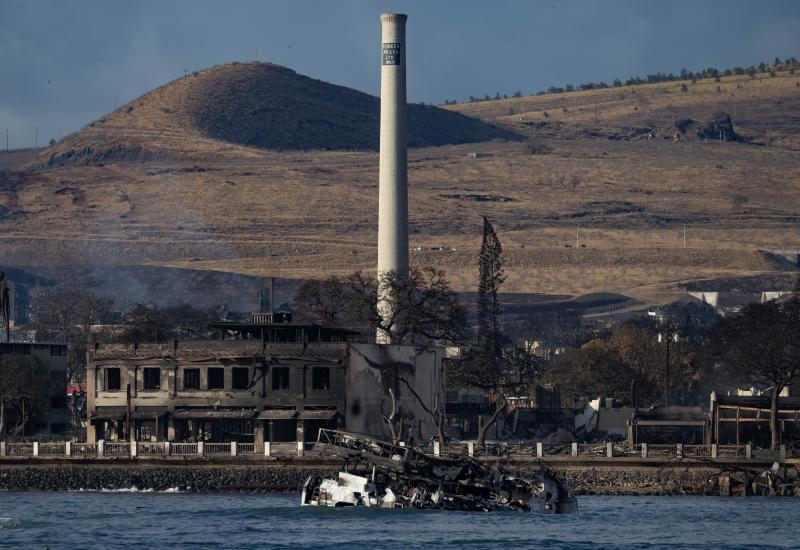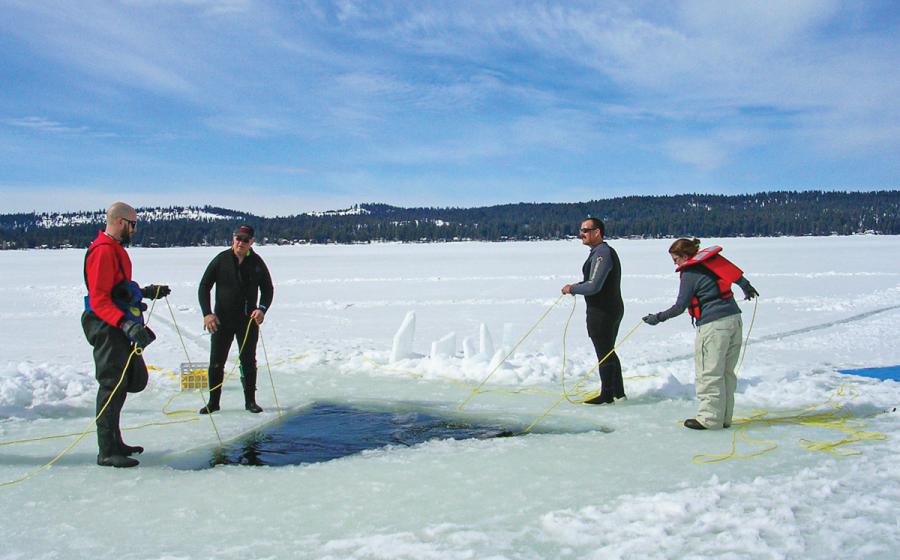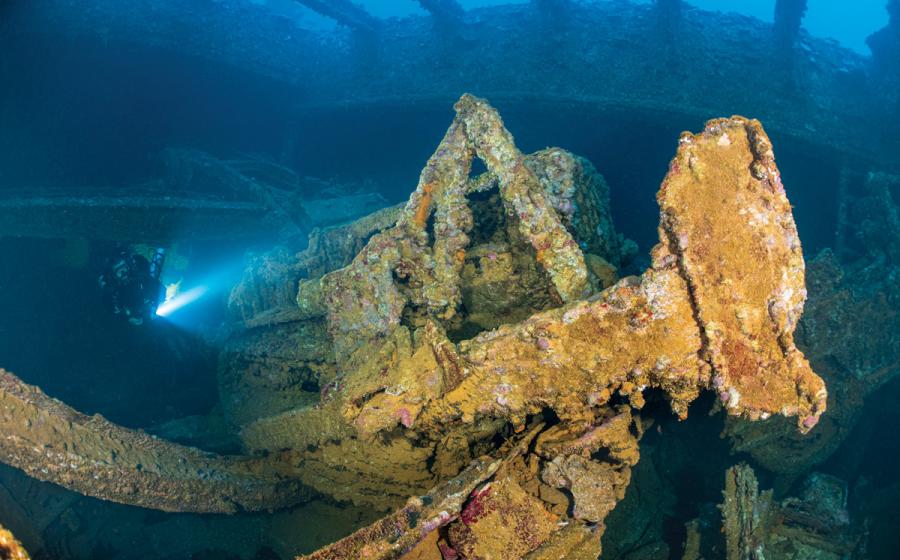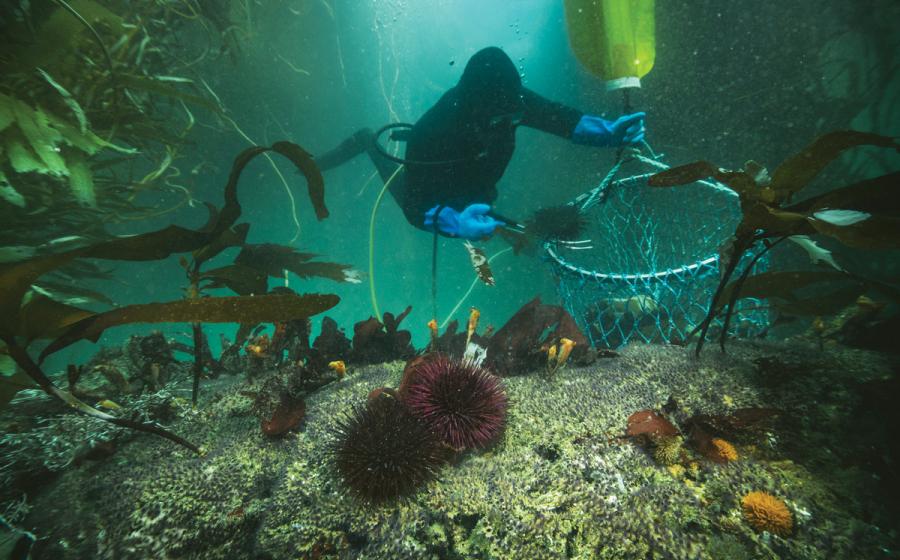Scientists Discover ‘Yellow Brick Road’ Deep Under the Ocean
Imagine you’re a deep-sea scientist exploring the great unknown world beneath the surface, and you stumble upon a familiar image from your childhood: a yellow brick road.
Something similar happened to scientists aboard the Exploration Vessel Nautilus. In a film clip of the team’s undersea exploration of the Liliʻuokalani Ridge within Papahānaumokuakea Marine National Monument in Hawaii, you can hear a surprised crew member say, “I feel like I’m looking at the road to Atlantis.” Atop the summit of Nootka Seamount, the camera on the ROV pans across a formation that resembles a “dried lake bed” on the seafloor. Then, brick-like structures come into view. The team excitedly chatters on the video, using words like “bricks” and “cobblestone” to describe what they were seeing. Others say “bizarre” and “so weird.” At this point, another scientist says “Are you kidding? This is crazy.”
The team was actually looking at evidence of ancient active volcanic geology at the bottom of the ocean. The 90-degree fractures in the rock likely resulted from heating and cooling stress from multiple, high-energy volcanic eruptions, they later determined.
The expedition is the first to survey this area. It will help researchers better understand what kind of marine life survives within the rocky slopes of deep, ancient seamounts like these.
The team also took samples of the ferromanganese crust that grows over rock surfaces to study the microbial communities that reside within those layers. The same video shows the arms of the ROV carefully collecting thick chunks of crust for subsequent analysis. The scientists will compare how the characteristics of the crusts vary from one location to another in various ocean basins and how those differences affect what microorganisms live within.
Eventually, all these studies will help to establish a baseline understanding of deep seamount ecosystems. This knowledge base can then inform management and conservation decisions.
So, while this “brick road” didn’t lead to the land of Oz or the mythical city of Atlantis, the discovery of the unique geological formation once again highlights how much of the ocean floor remains undiscovered. NOAA estimates this figure to be more than 80 percent. Other organizations believe the figure to be closer to 95 percent of our ocean unobserved. The overarching concern, for many scientists, is that challenges like climate change, marine debris, destructive fishing habits and plastic pollution may destroy much of the ocean before we have a chance to discover it.



.png?itok=wW_XQefZ)






